Discover the fascinating ways trees share information and support each other underground and above.

Trees communicate through a variety of subtle signals that facilitate cooperation and survival within forests. Using chemical compounds, underground fungal networks, and possibly even sound vibrations, they share warnings about dangers and distribute nutrients. This intricate communication helps maintain forest health and resilience by enabling trees to work together rather than compete blindly. Understanding these processes reveals the hidden social lives of trees, enriching how we view and protect our natural environment.
1. Trees send chemical signals to warn each other of danger nearby.
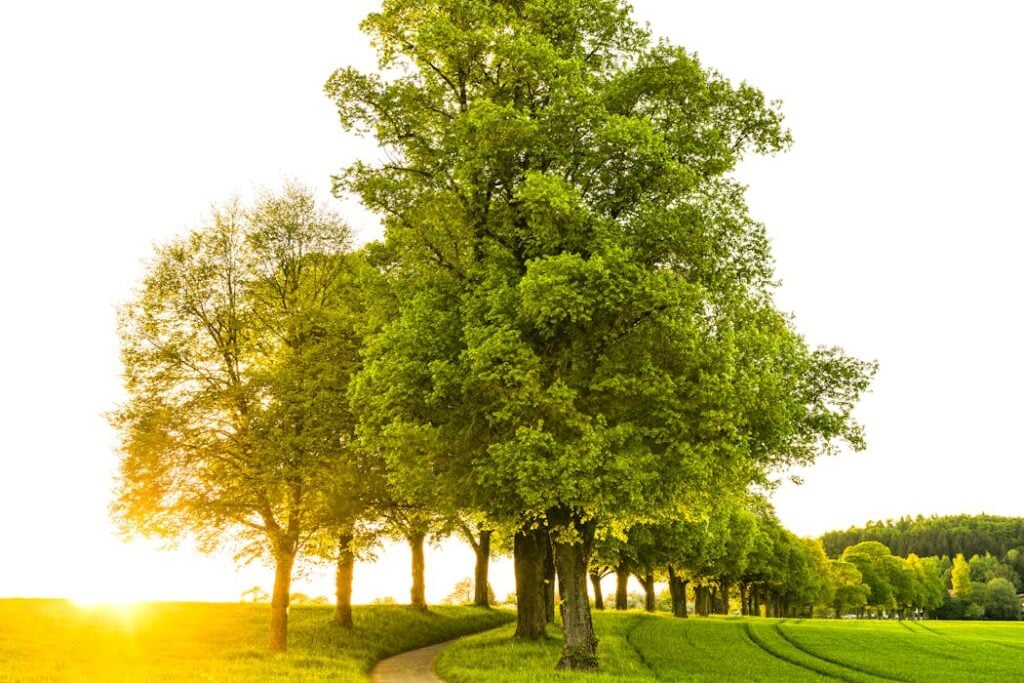
Trees possess a remarkable ability to signal danger through chemicals. When a herbivore begins munching on their leaves, trees emit volatile compounds into the air. These airborne messages alert neighboring trees, prompting them to produce defenses. The forest operates on this chemical network.
Subtle variations in these signals can convey specific information, such as the type and intensity of the threat. This form of plant communication helps the forest community anticipate challenges, as mentioned in One Tree Planted. While trees don’t express emotions, their chemical signals are a crucial adaptive mechanism in forest ecology.
2. Underground fungal networks help trees exchange nutrients and information quietly.

Through quiet yet efficient means, trees engage in nutrient and information exchange via underground fungal networks known as mycorrhizal networks. These symbiotic fungi weave a vast web, connecting tree roots over long distances. Trees depend on these networks for essential interactions.
The network aids in the distribution of water and nutrients, such as phosphorus, among connected plants. Such exchanges foster mutual support and resilience, especially during times of environmental stress. The forest thrives as a connected community, knitting together life through these delicate networks, according to Teach Starter.
3. Leaves can release scents that attract helpful insects and repel pests.

Fragrant scents released by tree leaves serve dual purposes: attracting beneficial insects and deterring harmful pests. Trees can summon predatory insects that feast on their herbivore attackers, creating a natural defense system. These olfactory signals provide strategic advantages to individual trees.
In some forests, this chemical strategy influences predator-prey dynamics. It underscores the complexity and interdependency of ecosystems. Yet, the scents remain subtle, more like whispers carried through the breeze, as stated by CPRE. Such interactions exemplify the nuanced art of survival in the plant kingdom.
4. Some trees communicate distress by altering the chemicals they emit into the air.
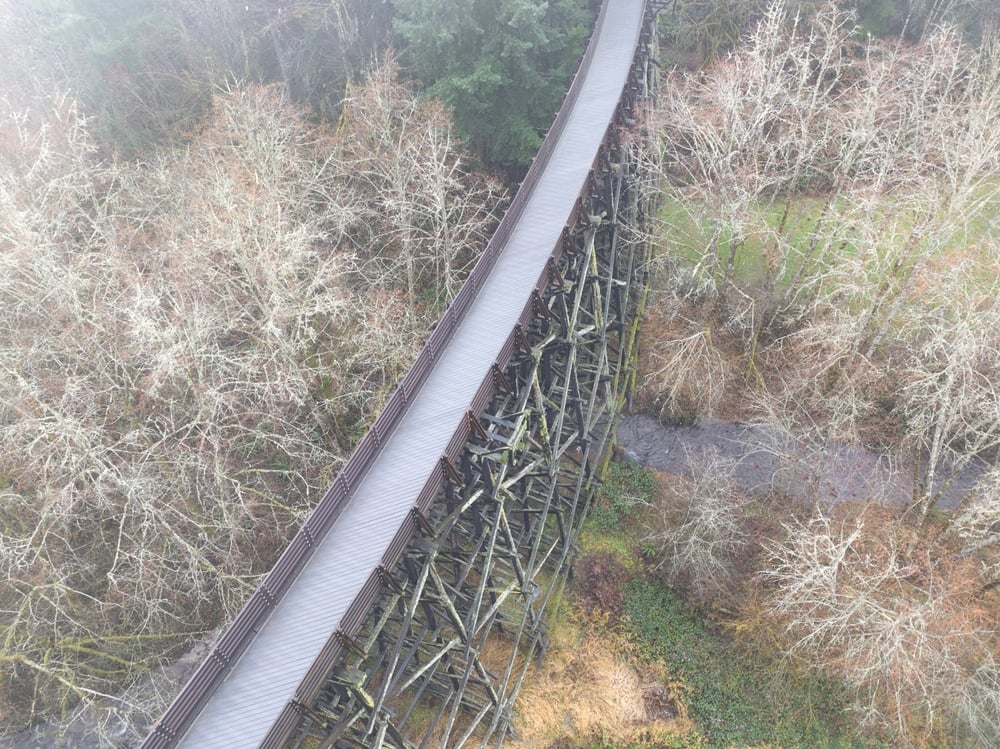
Environmental stress triggers certain trees to modify the chemicals they emit into the air. This shift serves as an alert, signaling distress or changes in health. Such chemical emissions provide early warnings to surrounding flora, enabling pre-emptive adjustments in the environment.
Notably, the emitted compounds can also change due to environmental variables like drought or pollution. These changes reflect the adaptability of trees to their surroundings, underscoring their sophisticated communication skills. It’s a testament to nature’s capacity for resilience and thriving under varying conditions.
5. Tree roots can recognize and support their close relatives in shared soil.
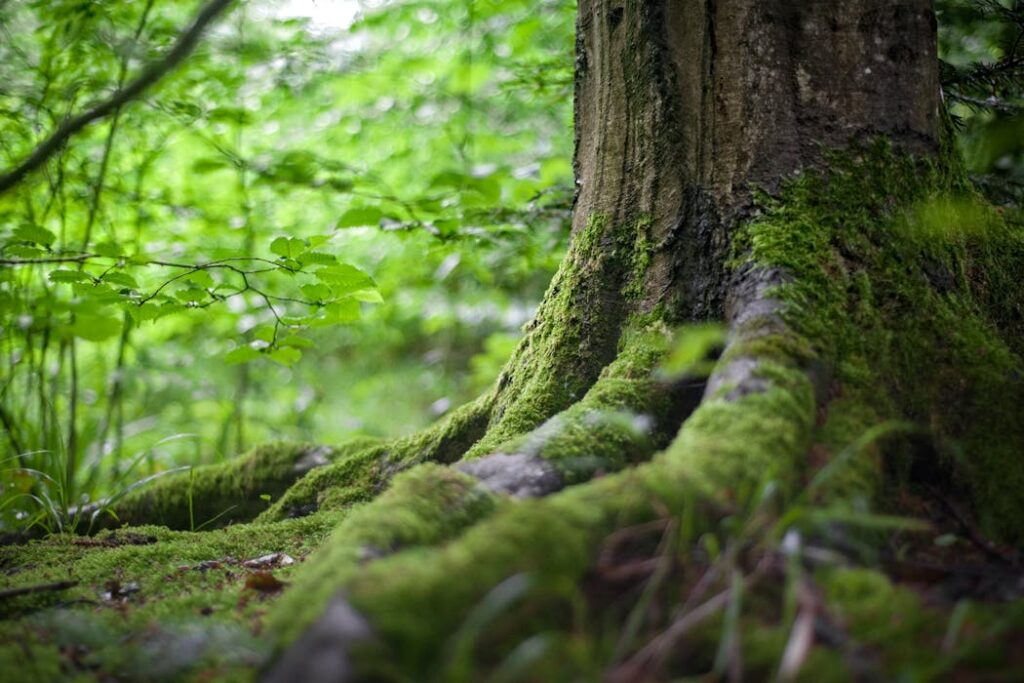
Tree roots possess an uncanny ability to identify and support their close relatives nestled nearby. This kin recognition allows trees to allocate resources preferentially, enhancing the growth and survival of their family members. Such behavior demonstrates the sophisticated social dynamics present within plant communities.
The concept of trees giving ‘preferential treatment’ may seem anthropomorphic, yet studies show genetic recognition capabilities. It highlights the intricate evolutionary strategies trees employ to optimize survival. This altruistic trait fosters stronger familial bonds within forests, nurturing an enduring sense of community.
6. Forests are often called the earth’s largest social network for plants.

Regarded as the planet’s largest social network for plants, forests showcase intricate systems of interaction and cooperation. Highly interconnected, these green havens function as dynamic, living networks where communication is key. They lace together through a matrix of roots, fungi, and chemical signals.
In such environments, competition gives way to cooperation for mutual benefit. Together, trees create resilient ecosystems capable of withstanding adversities. Understanding this robust social structure enhances our appreciation for forest conservation. It’s a reminder of the balance and synergy vital for ecosystem health worldwide.
7. Trees can adjust their growth based on messages received from neighbors.

Trees can adjust their growth strategies based on information relayed from neighboring trees. By interpreting subtle cues such as light blockage or nutrient availability, trees adjust branch angles or root spread. These adaptations maximize survival chances within competitive environments.
This dynamic adaptability shows a level of decision-making akin to strategic planning. For instance, a tree might divert resources from leaves to thicker bark when nearby trees indicate potential hazards. Such insights reveal the depth of plant intelligence, further enriching our understanding of forest ecosystems.
8. Sound vibrations in the soil may play a role in underground tree communication.

Intriguingly, sound vibrations in soil may influence communication among trees and other plant life. Studies suggest that roots might utilize low-frequency sound waves, akin to a subterranean language. While more research is needed, this phenomenon opens intriguing possibilities regarding ecological interactions.
The concept of bioacoustics broadens our assumptions about plant capabilities. It hints at an enigmatic communication layer lying beneath our feet, woven into the earth’s fabric. Although largely misunderstood, such mechanisms augment the complex tapestry of life thriving within forests.
9. When attacked, some trees produce bitter compounds to protect themselves and nearby peers.
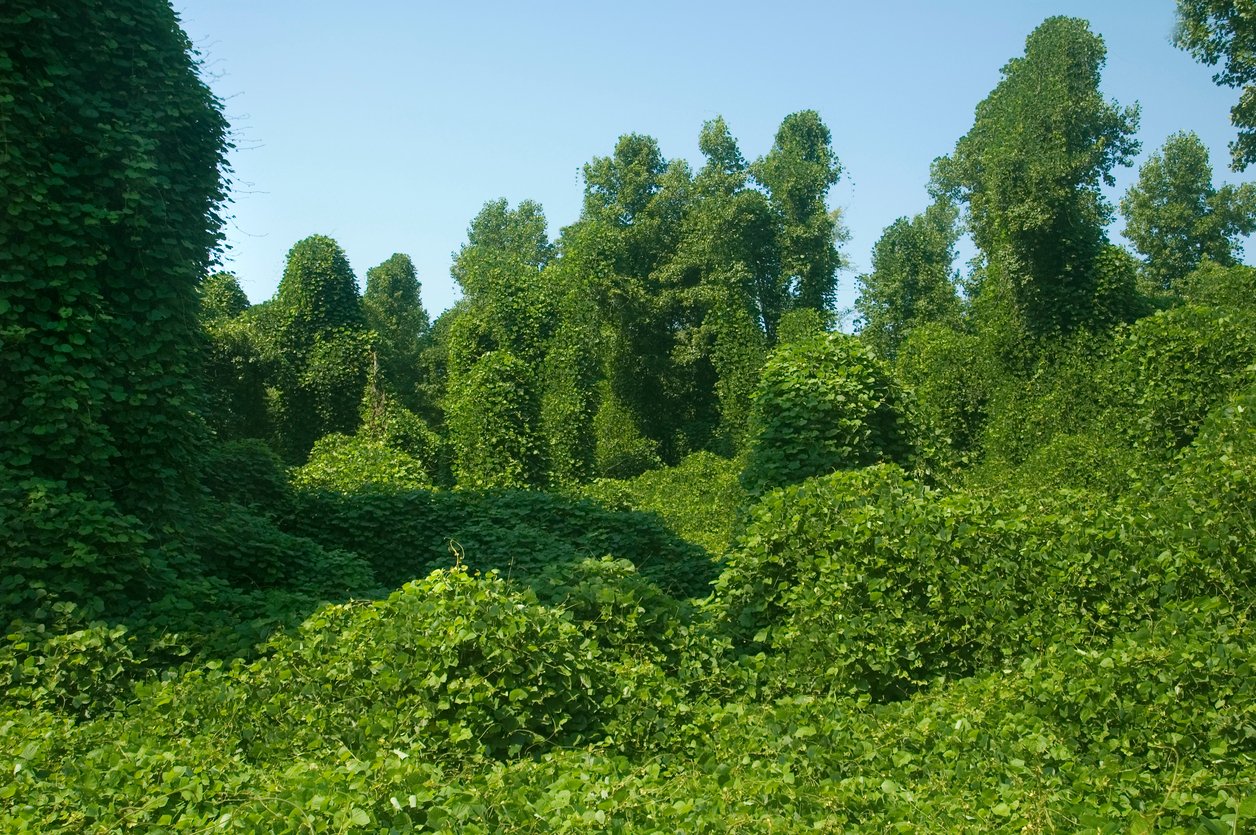
When faced with threats, some trees synthesize bitter compounds that deter herbivores. These noxious chemicals act as natural repellents, protecting both the individual tree and its cohorts. Such defenses illustrate nature’s clever mechanisms for safeguarding plant communities from aggressive feeders.
Interestingly, this defensive chemical arsenal varies among tree species. It speaks to the evolutionary arms race between predators and plants, driving biodiversity and specialized deterrents. As trees bolster their defenses, the forest becomes a battleground of adaptation and resilience.
10. Fallen leaves contribute to soil nutrients, indirectly supporting tree communities.
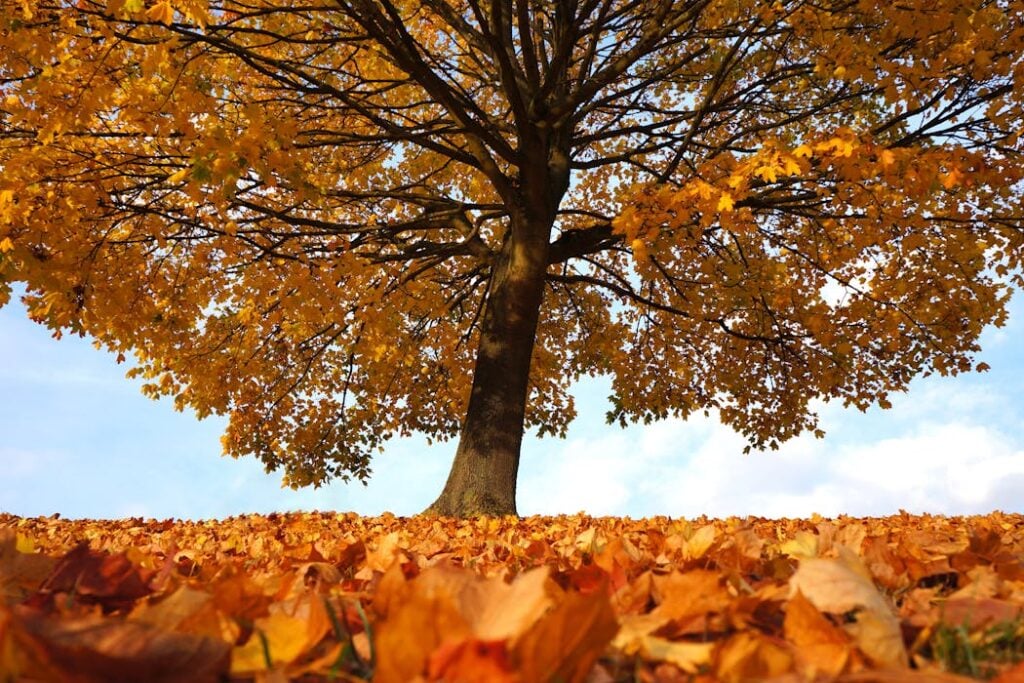
Decomposing leaves play a vital role in nourishing soil, creating a cycle of support among trees. As leaves fall, they enrich the earth with essential nutrients, facilitating a fertile environment for new growth. This natural recycling is crucial for sustaining forest ecosystems.
The gradual breakdown of organic matter promotes soil health, fostering microbial communities that further aid decomposition. While individual leaves might seem insignificant, together they form a powerful ecological tool. Each cycle of renewal strengthens the foundation upon which forest vitality depends.
11. Trees sometimes share resources like water through interconnected root systems.
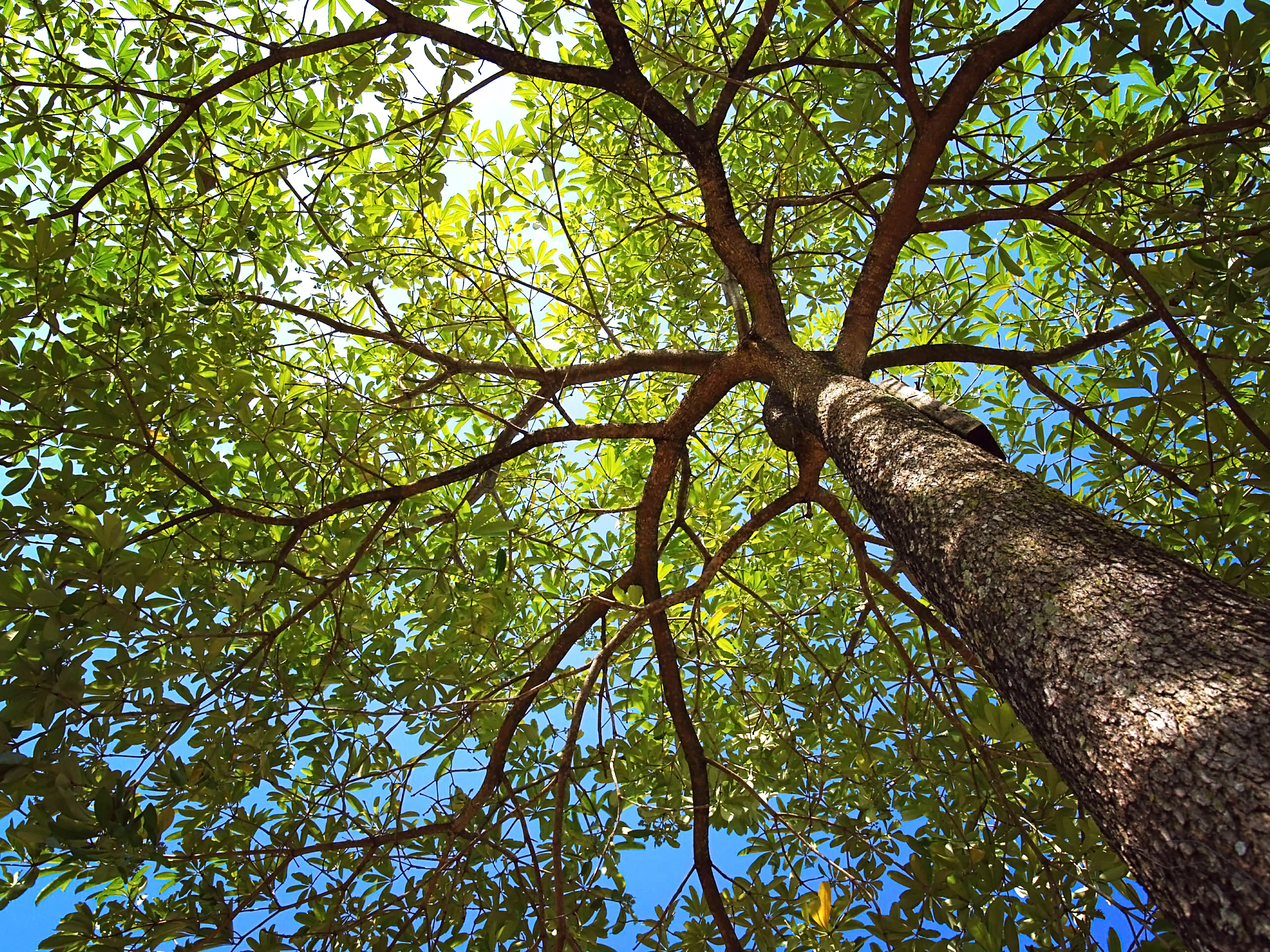
Trees sometimes share vital resources like water through interconnected roots, showcasing benevolence within forest communities. This process allows mature trees to assist younger ones or those in distress by channeling priceless lifelines underground. Co-housing resource networks are a testament to collective resilience.
Drought conditions emphasize the importance of such resource allocation, where survival depends on generosity over selfishness. These networks underscore cooperation’s role in survival, reminding us that thriving in nature often requires unity. Trees exemplify a cooperative spirit essential for overcoming shared challenges.
12. Communication among trees helps maintain the health and balance of entire forests.

Communication among trees sustains the health and balance of entire forests. Through diverse signaling—chemical, electrical, and possibly bioacoustic—trees coordinate resource exchanges and defensive strategies. This collaborative network helps forests endure disturbances and grow sustainably.
In many habitats, coherent communication underpins ecosystem integrity. Whether resisting pests or responding to climate changes, these plant interactions crucially influence biodiversity. Recognizing the complexity of tree communication can enhance conservation efforts and our connection to these ancient giants. Forests depend on such exchanges for a thriving future.
